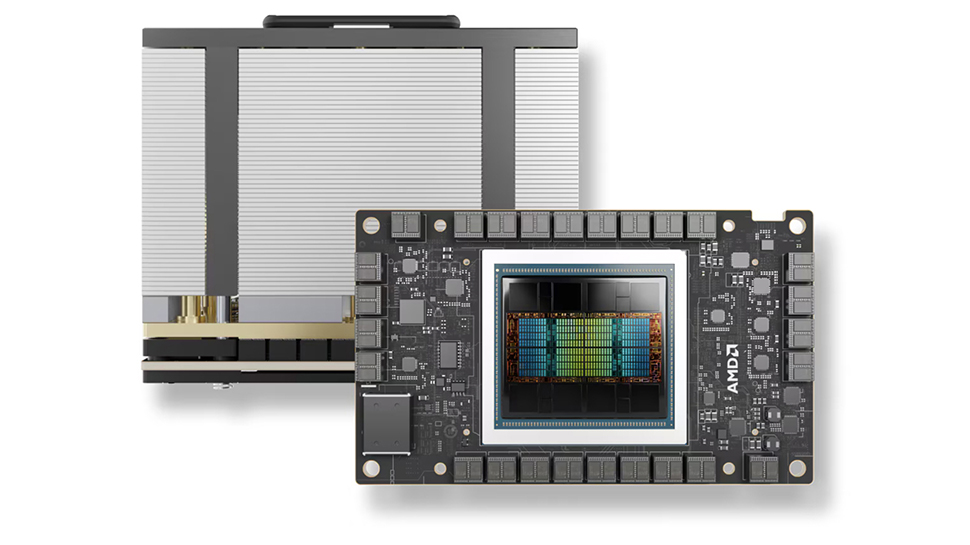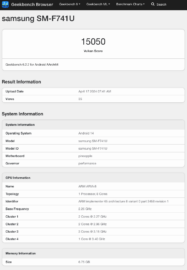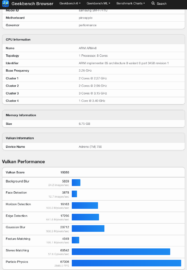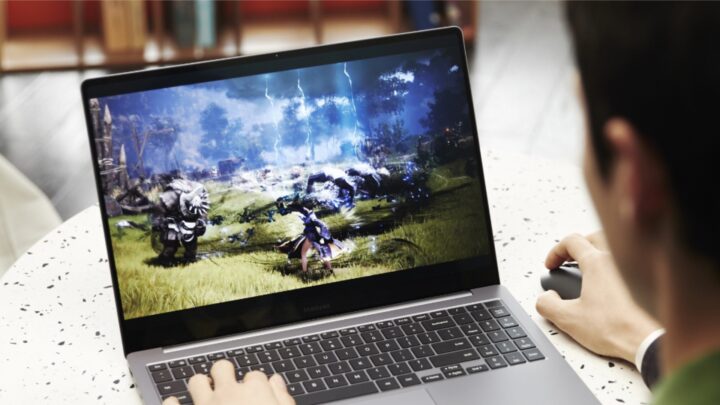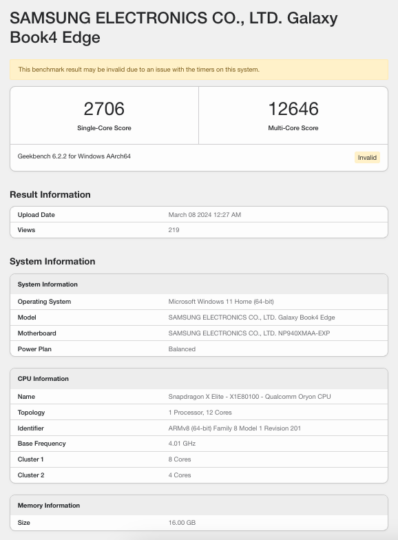[ad_1]

iQOO Preparándose para revelar IQ13 En su tierra natal. Si bien ya recibimos confirmación sobre el conjunto de chips y el diseño del próximo teléfono insignia, la compañía ha publicado nuevos avances que detallan la pantalla del teléfono. El iQOO 13 vendrá con una pantalla OLED BOE Q10 8T LTPO con resolución 2K. La submarca Vivo reveló que el próximo teléfono obtuvo más de 3 millones de puntos en la prueba AnTuTu. El iQOO 13 funcionará con el SoC Snapdragon 8 Elite y tendrá una batería de 6.150 mAh con soporte para carga rápida por cable de 120 W.
Según el último adelanto Pósters Compartido (en chino) por iQOO en Weibo, el iQOO 13 contará con una pantalla OLED Q10 8T LTPO con resolución 2K y frecuencia de actualización de 144Hz. Desarrollada en colaboración con BOE, esta pantalla proporcionará 1800 nits de brillo HBM y una densidad de píxeles de 510 ppp. La pantalla también es compatible con HDR10+.
Se afirma que el iQOO 13 es el primer teléfono Android del mundo con tecnología de protección ocular con luz polarizada circular OLED. Su pantalla está certificada por TÜV Rheinland y por el Centro Nacional de Ingeniería Oftálmica (traducida automáticamente).
iQOO 13 supera a Realme GT 7 Pro y OnePlus 13
Además, iQOO reveló que el iQOO 13 obtuvo 31,59,448 puntos en la prueba de referencia AnTuTu, que es 30,94,447 puntos más que el suyo. agujas El OnePlus 13 consigue 30,25.991 puntos Regístrese con Realme GT 7 Pro.
El lanzamiento del iQOO 13 está previsto para el 30 de octubre en China. También es seguro que hará su debut pronto en India y estará disponible para la venta en Amazon. será Equipado Con SoC Snapdragon 8 Elite.
El iQOO 13 tendrá una batería de 6.150 mAh con soporte para carga rápida de 120W. Se ejecutará en el último OriginOS5 y vendrá con dos altavoces. El teléfono incluirá un motor háptico 1016H, grafeno multicapa y un disipador de calor VC 7K para gestión térmica. También vendrá equipado con el chip de juego Q2 de desarrollo propio de iQOO que se dice que proporciona una experiencia de juego mejorada.
[ad_2]
Source Article Link





